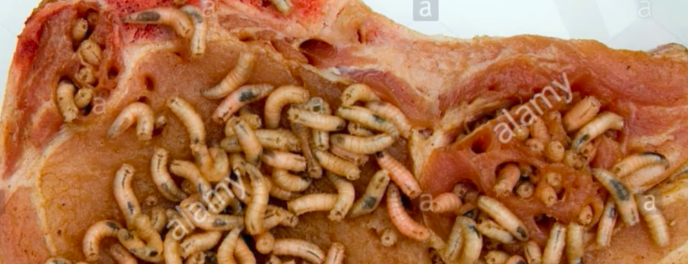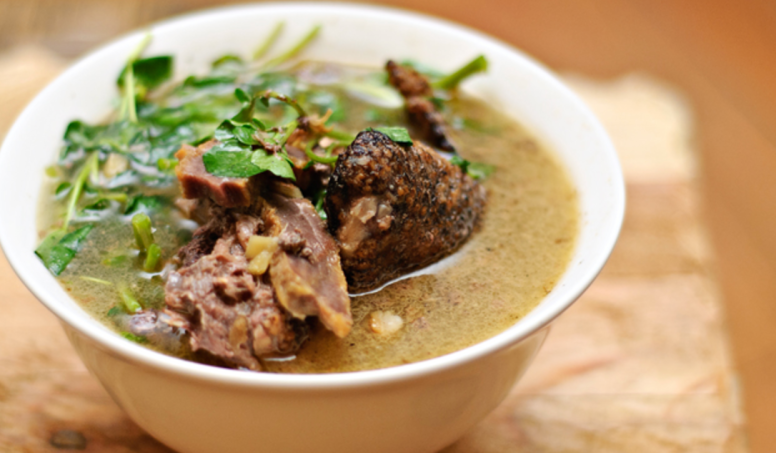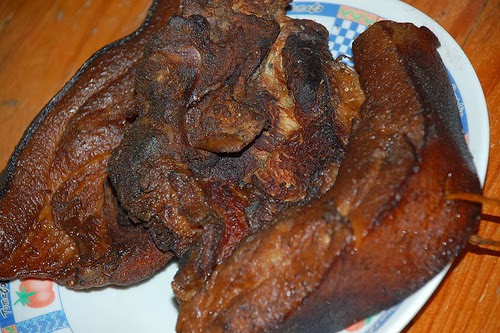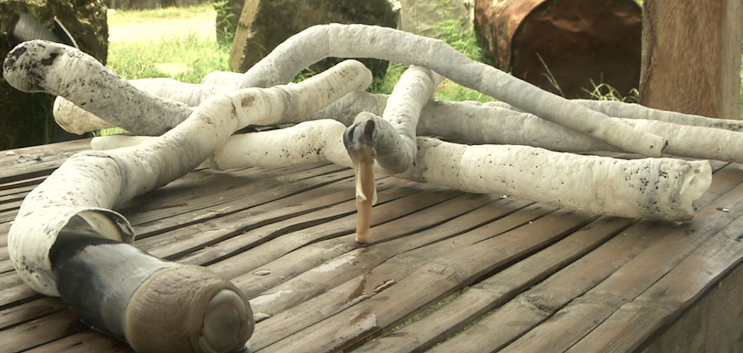- Day Old Chick
6. Day Old Chick. I'm sure the picture is very self-explanatory. In the 16 years that I lived in the Philippines. I only saw this one time in Manila and I was scared to try it. I ended up trying it in my classmates birthday party and I couldn't turn them down. So here's the jizz of this little chickens life story. It's a baby chicken, nothing special there. Its marinated in the same marinade they use for the big chickens. The marinade they use is really really good. I had to pay my favorite barbecue vendor to get the recipe which i'll talk about later in another blog. You'll usually see the big chicken thighs, chicken feet or chicken intestines displayed stuck on a banana stem in most barbecue stands. It's not a usual fare and its not very common in the provinces but readily available in big cities all over the Philippines. In my moment of truth, I was surprised to find out how good it actually tasted. This is comes in various offerings. They come fried, grilled, barbecued, adobo'ed etc... However you cook a chicken, you can cook this little'un the same way. The big difference is the texture of the meat. It soft and very tasty. If not for the beastly appearance. This is actually good eating. If you're visiting and want to be a little adventurous. Try this delicacy. Hey, its bragging rights. Take a bite and take a selfie.
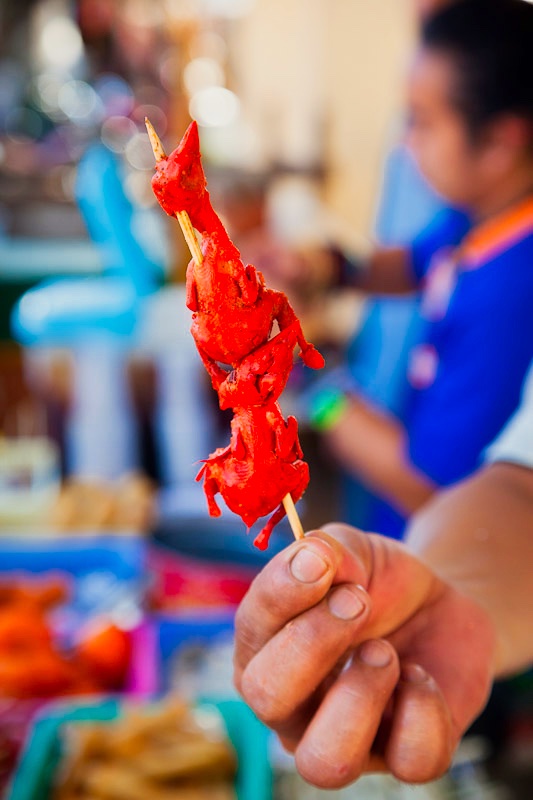
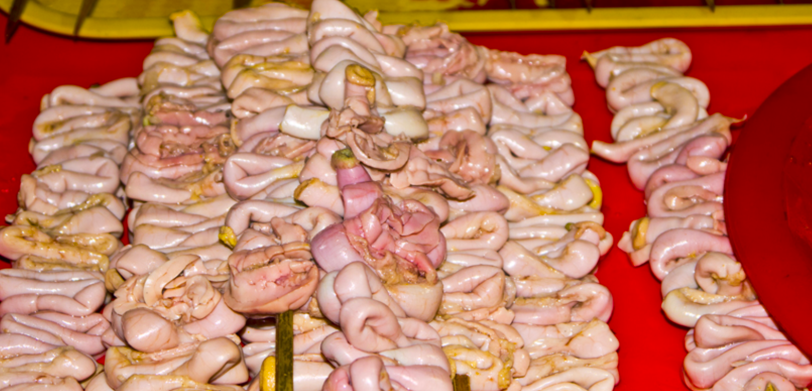
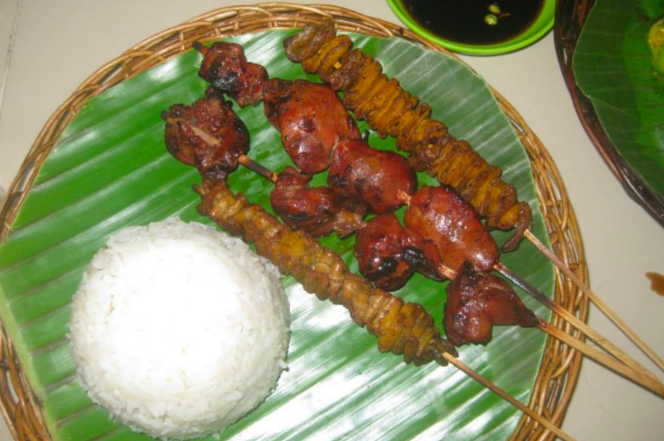 It's actually really good if you're into that kind of stuff. But if you're just a curious eater. I think you will like it as long as you stop thinking about what it is.
It's actually really good if you're into that kind of stuff. But if you're just a curious eater. I think you will like it as long as you stop thinking about what it is.